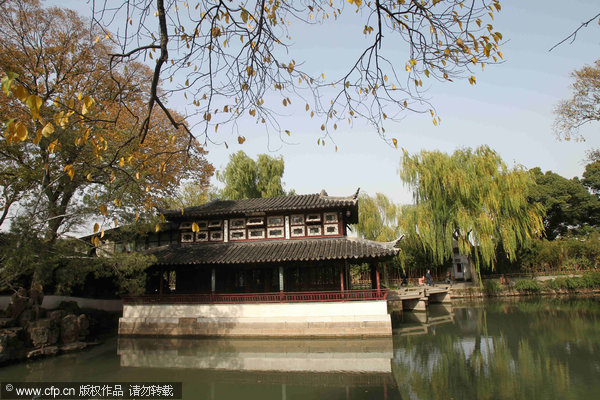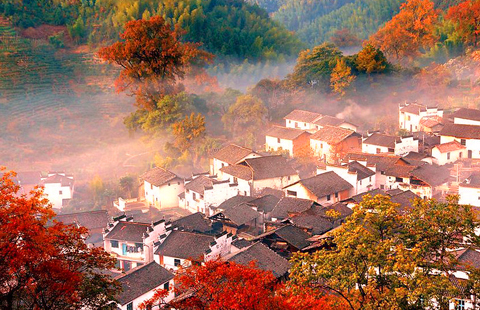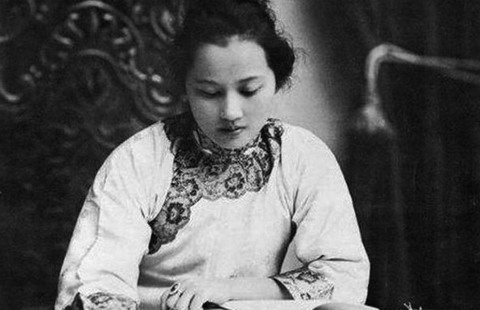
 |
|
Humble Administrator's Garden, or Zhuozheng Garden, in Suzhou, Jiangsu province, perfectly combines the pond, forest and structure. [Photo/CFP] |
Confucianism has also had profound influence on China's architectures. On one hand, the "proper rites" doctrine requires that a house's scale and structure must conform to the owner's identity and status, along with the color and decoration. For example, only the emperor can use yellow and dragon decorations. Different sections of a house represent different statuses. On the other hand, the doctrine of "unity between man and nature" was applied in Chinese architectures, combining the natural landscape with architecture, especially a garden or a pavilion.








